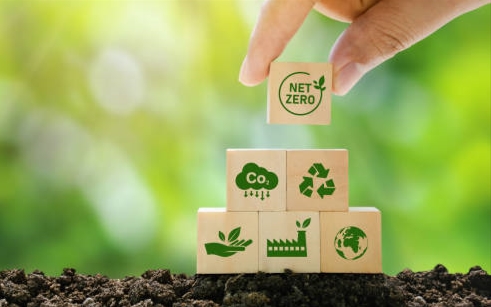Carbon offsetting refers to offsetting one's own carbon emissions by supporting projects that reduce or absorb greenhouse gas emissions. The goal of carbon offsetting is to balance the total carbon emissions of a company, individual or country to achieve carbon neutrality. Carbon offset projects usually reduce or absorb carbon dioxide (CO₂) or other greenhouse gases through measures such as afforestation, renewable energy development, and energy efficiency improvements.
Carbon emission calculation: Companies or individuals first need to calculate the carbon emissions from their activities. Common sources include burning fossil fuels (such as driving, flying, using electricity) or emissions from industrial production.
Buy carbon offsets: Companies or individuals can buy carbon offset credits to offset their carbon footprint. Each carbon offset credit usually represents the reduction or absorption of one ton of carbon dioxide equivalent (CO₂e).
Support emission reduction projects: The carbon offset credits purchased come from different carbon emission reduction projects around the world. Common carbon offset projects include:
Afforestation: Absorbing carbon dioxide from the atmosphere through afforestation or forest protection.
Renewable energy projects: Investing in solar, wind, hydroelectric and other projects to replace fossil fuels and reduce greenhouse gas emissions.
Energy efficiency projects: Reducing energy consumption by improving energy efficiency technology, thereby reducing carbon dioxide emissions.
Waste management: For example, by capturing and using methane gas released from landfills, greenhouse gas emissions are reduced.
Certification and standards: In order to ensure the actual effect of carbon offset projects, carbon offset credits are usually evaluated by internationally recognized certification standards, such as the Gold Standard, the Voluntary Carbon Standard (VCS), etc. These standards ensure that carbon offset projects can truly and sustainably reduce or absorb greenhouse gas emissions.


